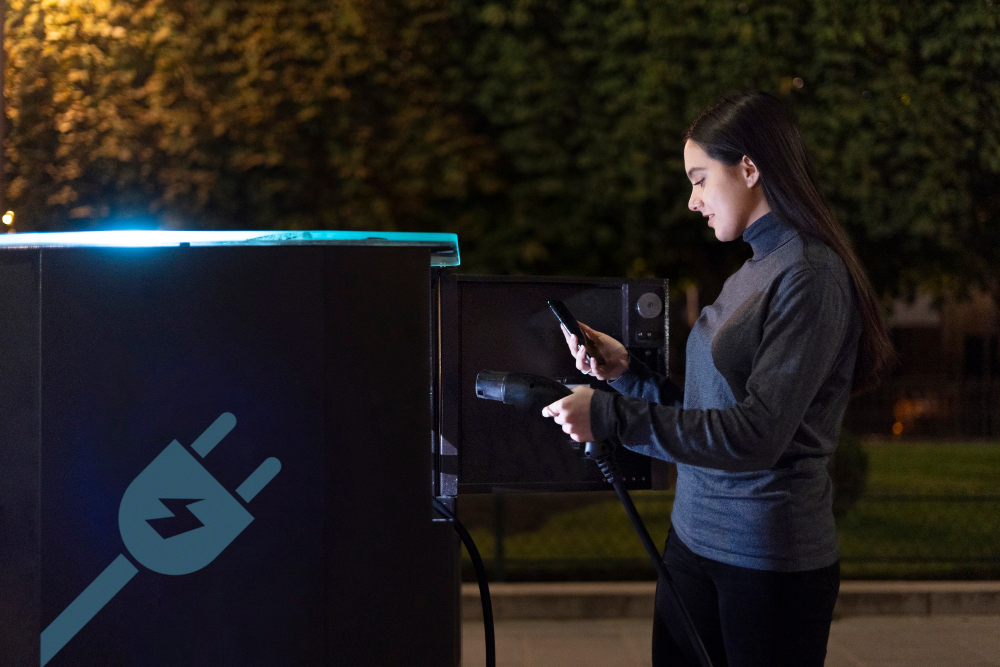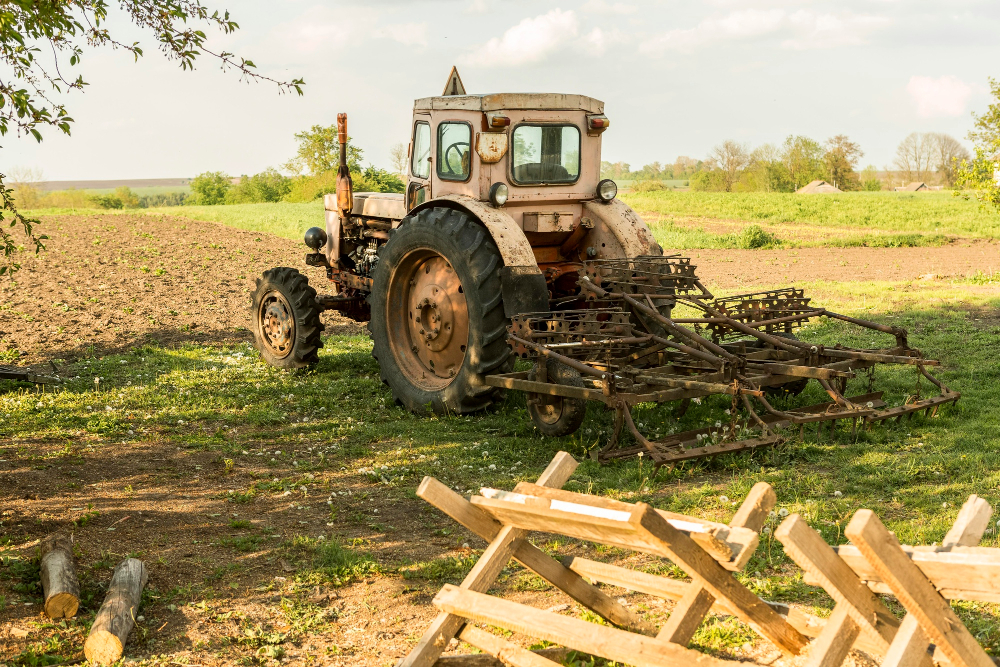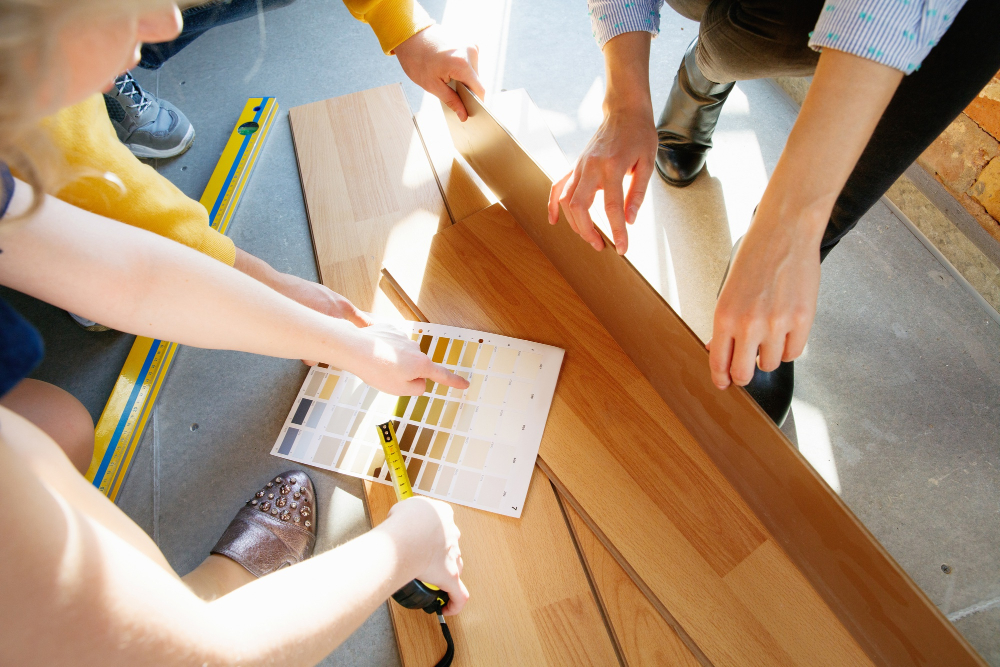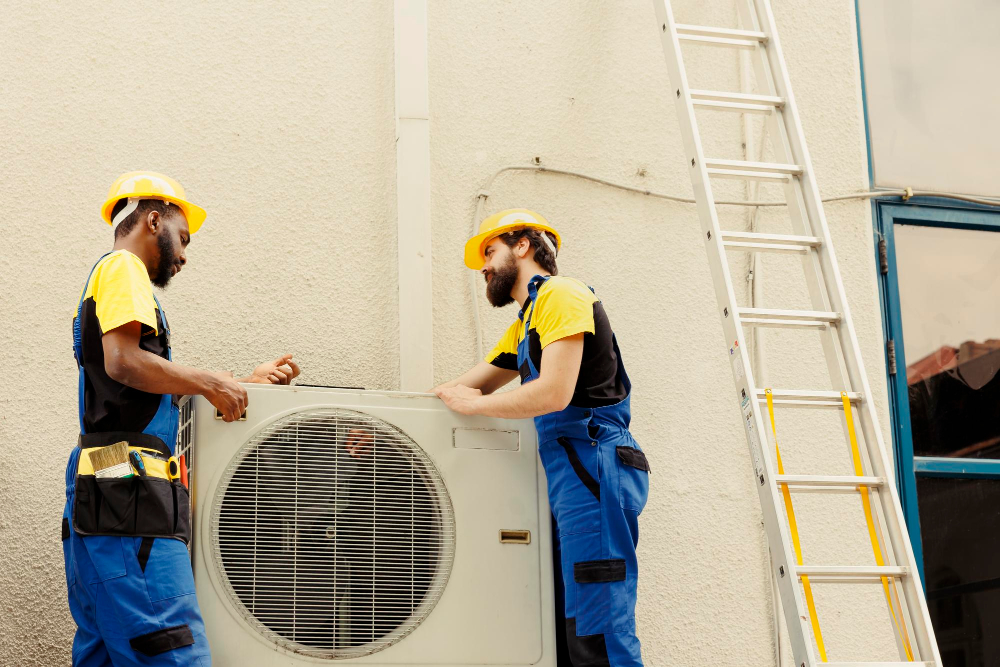Project

EV Charging Station Install
Installing an EV charging station involves setting up the necessary infrastructure to provide electric vehicle owners with convenient access to charging their vehicles. The process typically includes assessing the site, ensuring electrical capacity, obtaining permits, and installing the charging equipment. Proper installation is crucial for safety and efficiency, often requiring the expertise of certified electricians. Additionally, considerations like the station’s location, accessibility, and compatibility with different EV models are essential to maximize its use and convenience for drivers.
Parking Lot/ Landscaping exterior
Parking lot and landscaping design plays a crucial role in enhancing the exterior appeal and functionality of a property. A well-planned parking lot ensures efficient traffic flow, maximizes space utilization, and provides safe, clearly marked areas for vehicles. Complementing this with thoughtful landscaping, such as greenery, trees, and lighting, not only improves aesthetics but also creates a welcoming environment. Proper drainage, durable materials, and regular maintenance are essential to keep both the parking lot and landscaping in top condition, contributing to a positive first impression and overall property value.


Brand Standards and Remodels
Adhering to brand standards during remodels is vital for maintaining consistency and reinforcing a brand’s identity across all locations. Remodels should align with established guidelines for design, color schemes, signage, and overall aesthetics, ensuring that the updated space reflects the brand’s values and image. Consistency in these elements helps build customer recognition and trust, making the brand experience uniform regardless of location. Proper planning and execution of remodels, while adhering to brand standards, also allow businesses to modernize their spaces while preserving the essence of their brand identity.
HVAC Replacement
HVAC replacement is a critical upgrade that enhances the comfort, energy efficiency, and air quality of a building. Replacing an outdated or inefficient HVAC system with a modern unit can significantly reduce energy costs, improve temperature control, and provide better overall performance. The process involves selecting the right system size and type for the building’s needs, ensuring proper installation, and integrating the new system with existing ductwork and controls. A well-executed HVAC replacement not only ensures reliable operation but also contributes to a healthier and more comfortable indoor environment.


Retrofits: HVAC Energy and Lightning
Retrofits for HVAC and lighting systems are essential strategies for improving a building’s energy efficiency and reducing operational costs. Upgrading to energy-efficient HVAC units and implementing advanced lighting solutions, such as LED fixtures and smart controls, can significantly lower energy consumption and enhance overall performance. These retrofits not only extend the lifespan of existing systems but also align with sustainability goals by reducing the building’s carbon footprint. Properly planned and executed retrofits can result in substantial savings, improved indoor comfort, and a more environmentally friendly operation.
Recurring and Reactive Capital Projects
Recurring and reactive capital projects are essential for maintaining and enhancing the functionality and value of a property. Recurring projects involve planned investments, such as routine upgrades or replacements, to ensure ongoing performance and compliance with standards. In contrast, reactive projects address unexpected issues, such as emergency repairs or sudden equipment failures, that require immediate attention. Balancing both types of projects is crucial for long-term asset management, as recurring investments help prevent costly reactive situations, while prompt response to reactive needs ensures minimal disruption to operations.
